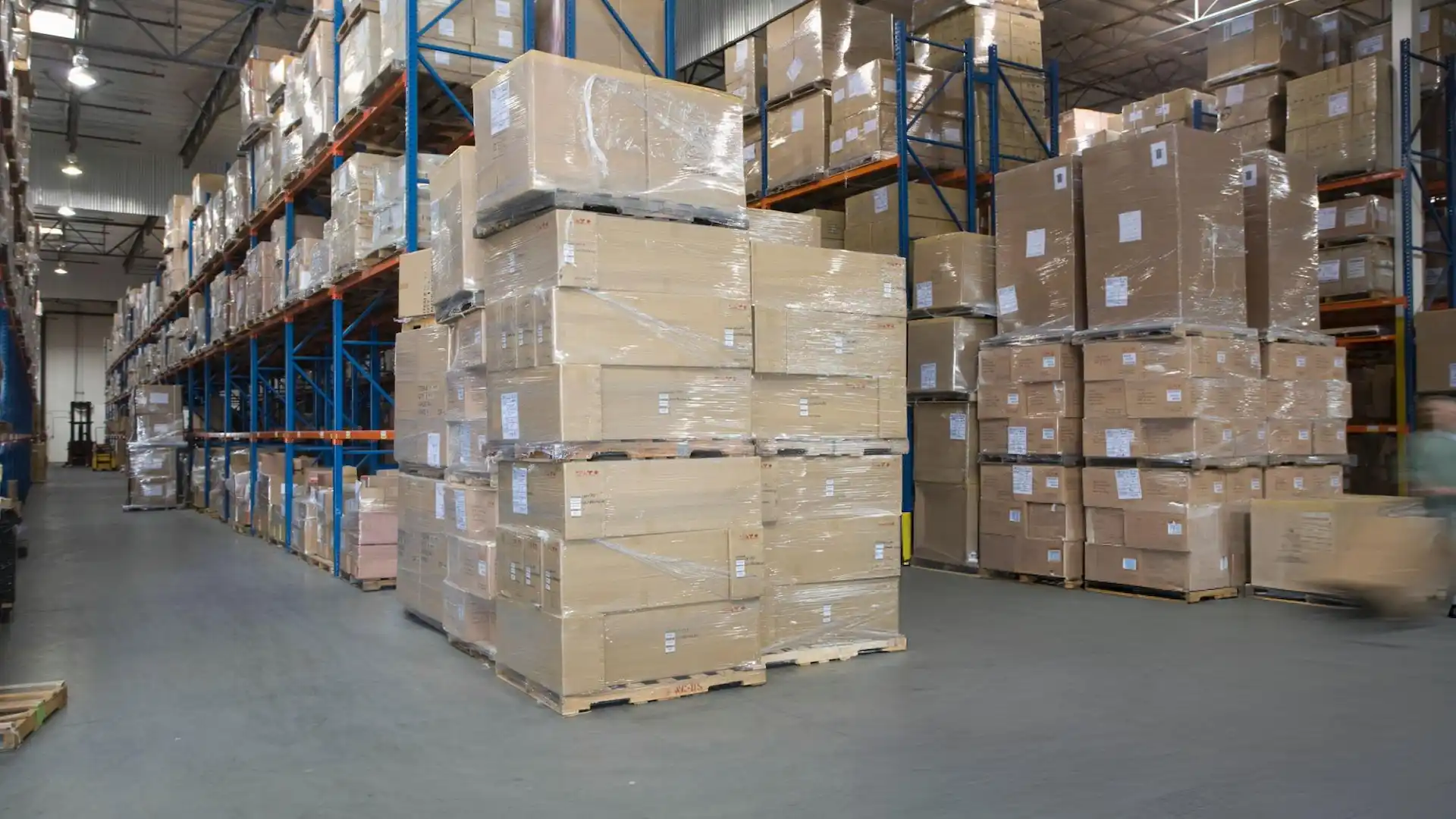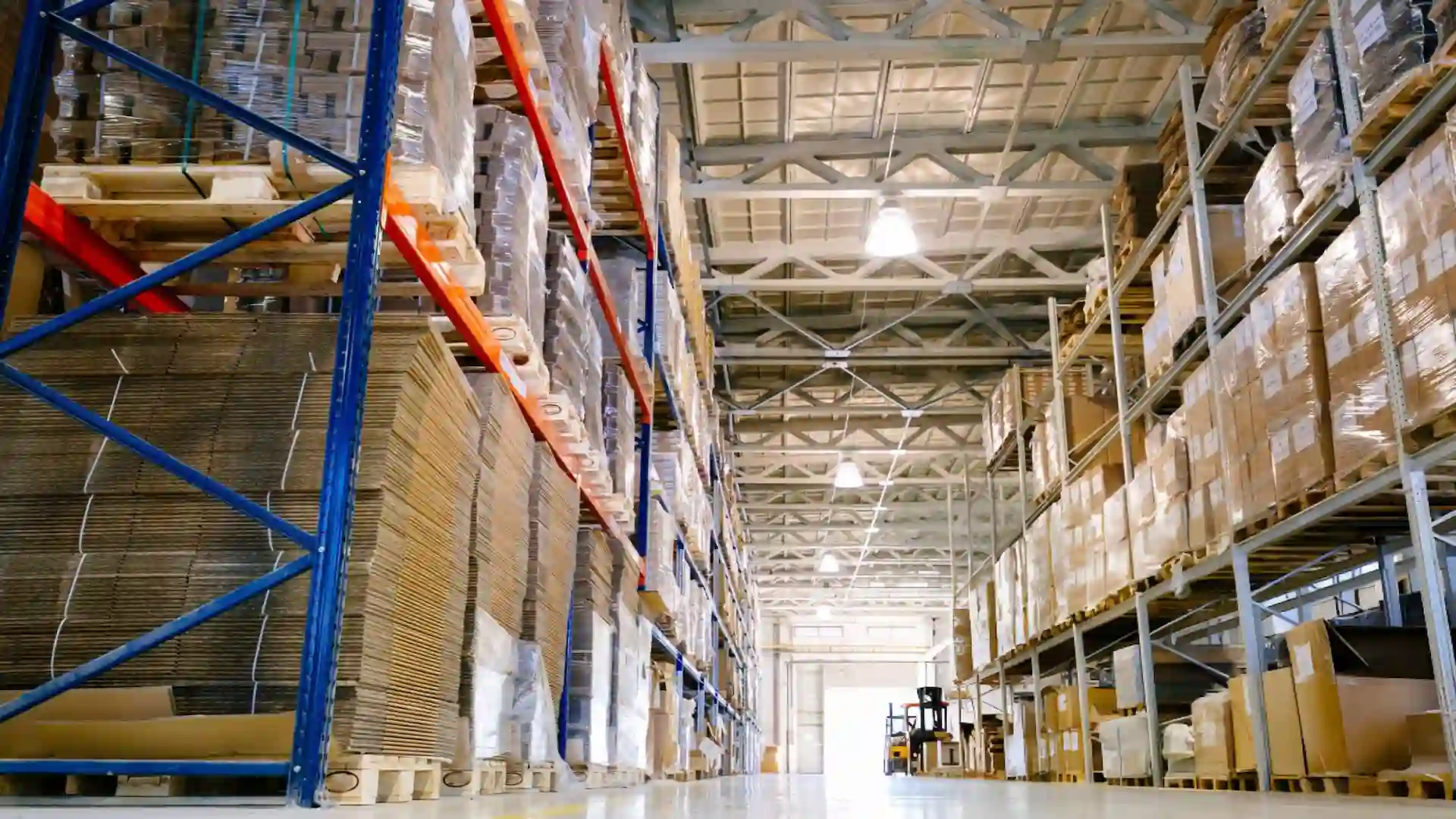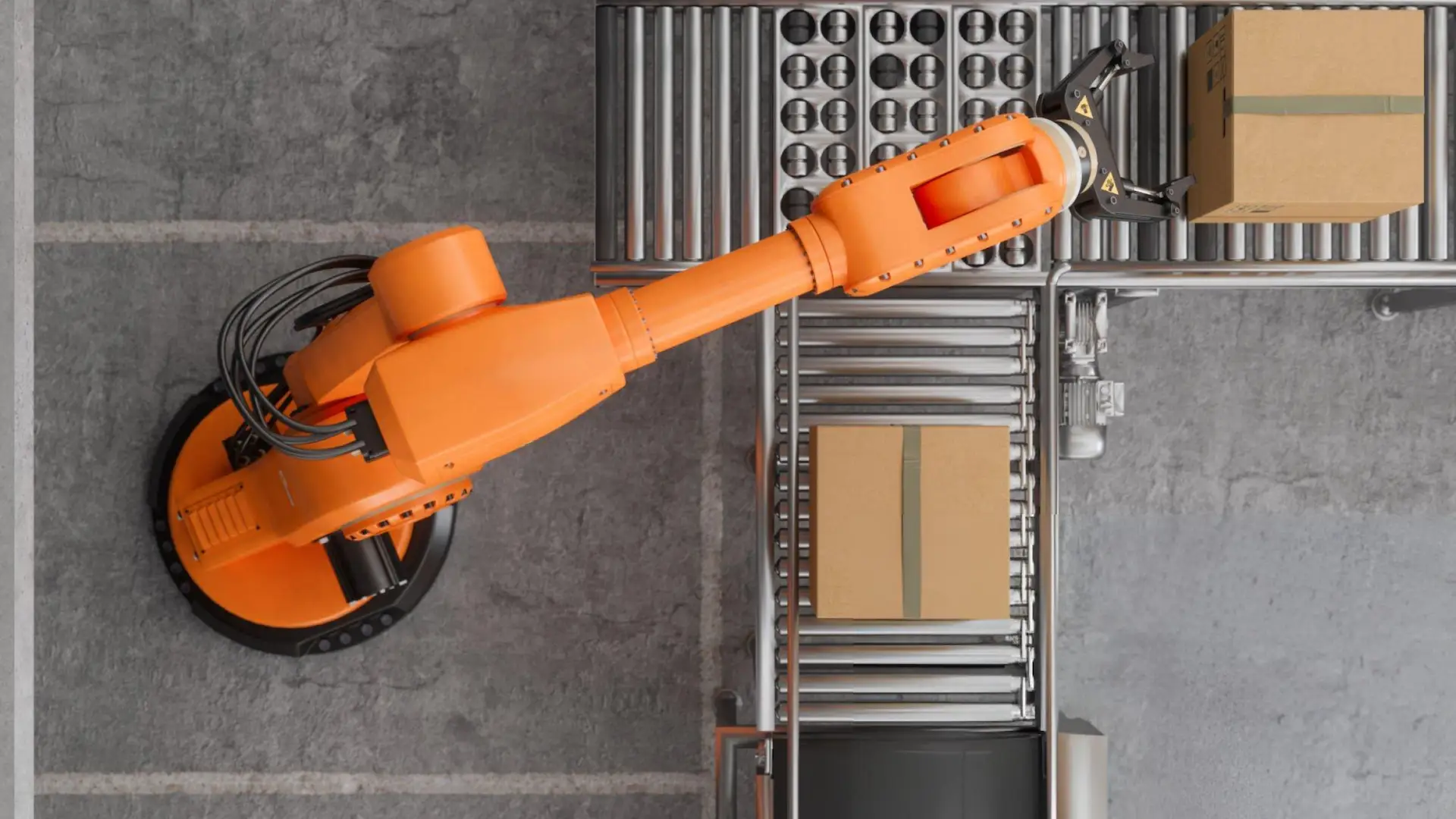Overcoming 3PL Fulfillment Challenges

Third-party logistics, or 3PL, plays a big role in helping eCommerce businesses manage their order fulfillment. From warehousing and packing to shipping and returns, many growing brands rely on 3PL providers to handle the messy parts of logistics so they can focus on sales and growth. It sounds simple, but getting the process right takes more than just hiring a warehouse and handing off your products.
When fulfillment isn’t handled properly, delays pile up, stock numbers stop making sense, and customers start to notice. Mistakes can damage trust and ruin repeat business. For eCommerce brands trying to scale, these problems start small and grow fast. So it’s worth understanding what usually goes wrong and, more importantly, how to fix it quickly without disrupting the flow of your business.
Identifying Common 3PL Fulfillment Problems
Working with a 3PL should make your life easier, but sometimes it comes with its own set of roadblocks. These issues often show up when systems aren’t aligned or communication falls short. Here are a few common problems that many eCommerce teams run into when depending on a 3PL partner:
- Delayed shipments: When orders go out late, it doesn’t just annoy your customers. It leads to more customer service inquiries, more refunds, and fewer repeat buyers.
- Inventory mismanagement: Receiving errors, stock inaccuracies, and out-of-sync inventory reporting can trigger overselling or missed sales.
- Poor communication: When there’s no fast way to get updates or make changes, your team is left guessing and that creates slowdowns across the whole operation.
Imagine running a small skincare brand where a flash sale picks up steam. You suddenly sell out a popular bundle, but the 3PL hadn’t updated the inventory correctly. Some customers place orders that can’t be filled. Now you’re dealing with customer complaints, issuing apologies, and trying to manage the disconnect between your store and your provider.
What makes these challenges worse is that they’re all connected. If inventory data is wrong, shipments get held up. Then your team scrambles to explain something they don’t understand either. That’s why having systems and backup strategies in place matters.
Quick Fixes for Delayed Shipments
Late shipments don’t just make customers unhappy. They can derail your plans for future promotions and burn out your support team. Luckily, there are some easy ways to reduce the risk of delays and catch problems before they become a bigger deal.
Start by setting up consistent communication with your fulfillment provider. Don’t wait until something goes wrong. Staying in regular contact about what’s moving, what’s stuck, and what’s coming up can keep everyone on the same page.
Another helpful move is using real-time tracking tools. These let both you and your customers follow order progress in real time. Instead of guessing where a package is, you can spot delays early and jump in with updated expectations or alternate options.
For orders that really can’t be late, it helps to plan for the worst. Whether that means including an extra buffer day in shipping estimates or keeping backup stock in-house for express orders, building in wiggle room makes a difference.
Here’s a quick checklist:
1. Confirm shipping schedules often. Don’t assume they’re fixed.
2. Use real-time order tracking software and share it with your support team.
3. Create a backup plan for priority orders like having a local stash of bestsellers.
4. Build in a cushion when setting timelines for product launches or seasonal drops.
5. Communicate shipping cutoffs clearly to customers, especially during holidays.
Stopping delays before they start always beats cleaning up after them. With a little more planning and stronger check-ins, your fulfillment timeline can pick up speed and feel easier to manage.
Tackling Inventory Mismanagement
Nothing ruins sales faster than promising an item that’s out of stock or having boxes of product sitting untouched because your system didn’t show they were available. Inventory mismanagement makes it hard to forecast, frustrates customers, and wastes money. But with the right steps, you can take back control.
Start with real-time data. It’s one thing to do a daily or weekly report, but with real-time inventory tracking, you know what you have the moment it moves. This speed keeps your store accurate and your team ready to act fast.
Next, get into the habit of doing frequent inventory checks. Whether it’s a full count or a rotating cycle audit, consistent checks help you catch small issues before they become big ones. If you work with multiple 3PL providers or use more than one sales channel, syncing across platforms is even more important.
Proper data integration also plays a big role. When your shopping cart, warehouse management tools, and order system talk to each other, you cut down on missed updates and duplicate work. The fewer manual steps, the fewer chances for errors.
Inventory management flows smoother when:
- Your systems update stock levels automatically
- Teams run regular cycle counts to spot mismatched numbers early
- Data moves between platforms without manual uploads or re-entry
- Your listings reflect accurate stock quantities across every sales channel
Taking care of your inventory from the ground up saves time, clears up confusion, and keeps your customers happier. It’s not about handling more stock. It’s about handling it smarter.
Improving Communication with Your 3PL Provider
Clear communication can mean the difference between a smooth fulfillment day and a frustrating series of missed updates, unclear responsibilities, and delayed orders. When you're relying on a 3PL provider to take care of a big part of your customer's experience, staying aligned shouldn't be a guessing game.
Start by agreeing on communication expectations from the beginning. Set a consistent routine where both sides check in and walk through updates, issues, and adjustments. Whether it's a weekly call or a shared calendar of high-volume dates, these touchpoints cut down on misunderstandings later.
Centralizing your communication helps too. Instead of juggling emails, texts, and calls across several people and platforms, create a shared space where updates live and everyone can find what they need without the back-and-forth. Tools that support group messaging, status updates, and file sharing all in one place offer a better way to stay synced.
A few practical ways to boost 3PL communication:
- Assign a main point of contact on both sides who handles day-to-day logistics
- Hold standing meetings to review open orders, returns, and stock updates
- Use a centralized platform for task assignments and status updates
- Share your promotional calendar so your 3PL can prep for order spikes
- Request internal SOPs from your 3PL so you can better align workflows
Strong communication isn’t about micromanaging. It’s about staying flexible and connected so you can adapt quickly when something shifts. A small update that happens in real time can save hours of stress down the line.
The Role of Technology in Optimizing 3PL Fulfillment
If your warehouse tools don’t talk to your eCommerce store, your inventory numbers could be way off without anyone realizing it. That’s where the right tech stack steps in. Smart software solutions can organize, automate, and inform nearly every part of the 3PL process.
Integrating tools helps you keep order management, inventory updates, and shipping details flowing smoothly between platforms. That eliminates the lag caused by manual entries or mismatched data. It also gives your team more confidence when making decisions based on what’s actually happening.
Automation also plays a big role. If tracking numbers go out automatically or low-inventory alerts are triggered without someone watching the system around the clock, your operations become more consistent and less prone to mistakes.
More advanced platforms also offer predictive features like demand planning. These features help you look ahead at trends and seasonal spikes, so you’re not caught off guard scrambling to fulfill faster than you can restock.
Here are measurable benefits of using better technology in 3PL fulfillment:
- Faster inventory syncs between fulfillment centers and eCommerce store
- Real-time tracking and automated order status notifications for your customers
- Lower manual error rate during transitions from cart to pick-and-pack
- Predictive analytics to prevent stockouts and over-ordering
- Better data transparency so you can audit performance more confidently
When your tech stack and 3PL provider are working together, your business runs smoother. Whether it's syncing stock or handling a surge in orders, modern systems give you more power and less stress.
Building a Fulfillment Strategy That Works
3PL fulfillment can feel like a lifeline when you're growing fast, but it’s not without its challenges. If you see signs of recurring delays, bad inventory data, or unclear communication, don’t wait to make changes. These problems rarely fix themselves and tend to snowball over time.
Solving 3PL issues doesn’t require a full system overhaul. It often comes down to simple tools, better conversations, and choosing partners that prioritize accuracy and support. By putting the right fixes in place and investing in systems that grow with your brand, you can run more smoothly and keep your customers happy without added stress on your team.
If you’re looking for better ways to handle order fulfillment, see how Atomix can support your business through smarter, flexible solutions. By using real-time tools and a customized setup, you can make shipping easier and more accurate. Learn more about how we approach 3PL eCommerce fulfillment built for scaling brands like yours.

.svg)
.svg)
.svg)




